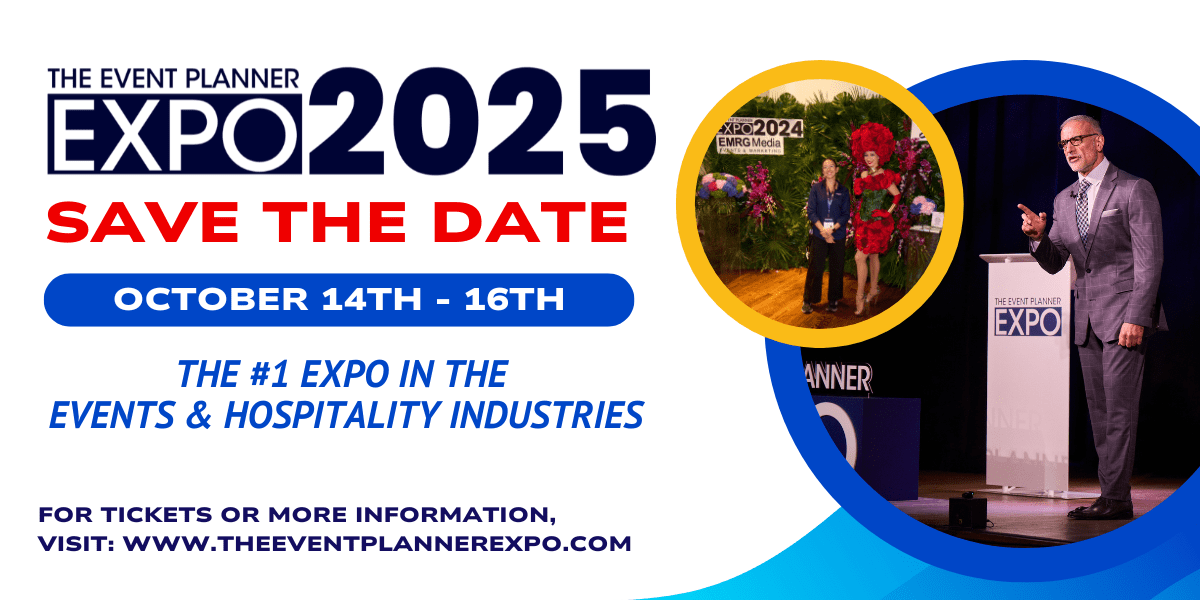Are Attendees an Audience or Participants?
As an event planner in New York, it is your job to decode what your attendees will identify as the benefits of being present at your event. Transforming those supposed benefits into an experience wave that’s based on both passive and active experience concepts that utilize the elements that you can control in terms of spatial dynamics and content is the way that you can produce a mixture of exclusive moments in time. However, you must know the type of attendee you are creating moments for. Are they an audience or a participant?
If they fall under audience, that will imply a one-way passive communication. For example, you give them information about your services or products and they receive the info. To convert the attendee into a participant, you would ask them questions so that upon responding, they are transforming into a participant. So how else would you know the difference between the two types?
The Experience Wave
It’s pretty easy to figure out from the time an attendee turns up at your booth at The Event Planner Expo if they are the participating type or not because they’ll begin participating from the moment they approach you. Through technology this method may be somewhat passive with use of a QR code on a portable device to get through a programmed wall or active when a face-to-face interaction comes about as the guests provide names to the greeter who already has a paper guest list. Think of these exchanges as conflicting process circumstances when organizing your event program and create an analysis based on the use of both technology and face-to-face communications.
As NYC event planners we spend time making the run sheet to coordinate the countless production activities and elements of an event. How many of you construct an experience sheet where both passive audience points and active participatory points are created? My guess is that not many New York event planners do this. It should be something that you incorporate at your booth in order to create an experience. It’s as easy as adding an additional row to your run sheet, but based on a thorough analysis of how you can manipulate the form to create an experience wave.
The goal of creating this worksheet is to get to know your prospects in order to qualify them as a lead and learn where your service will benefit them. Did they only listen? Or did they interact with you and give you invisible gold that you can cash in later on? While they participated, they may have told you a story about how their son broke their leg in soccer last week. Take a guess at what your opening line will be on your follow-up call after the expo. “How are you its Mary from the XYZ company, we met at the Event Planner’s Expo in NY last week. How is your son holding up?” A fixed balance of passive and active involvement of participants is essential to producing a successful experience. So now it’s time to think of an activity that will allow you to create an experience between you and the attendees.
